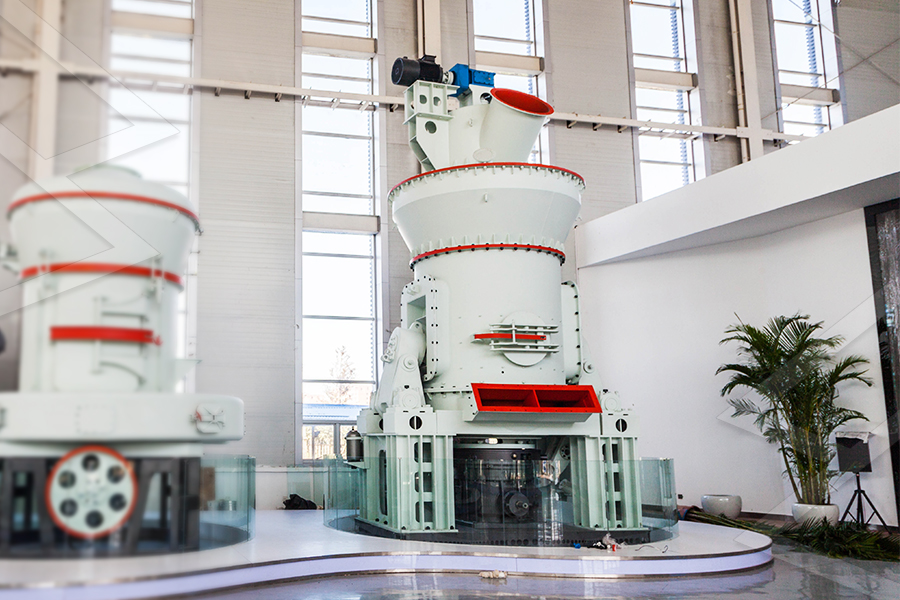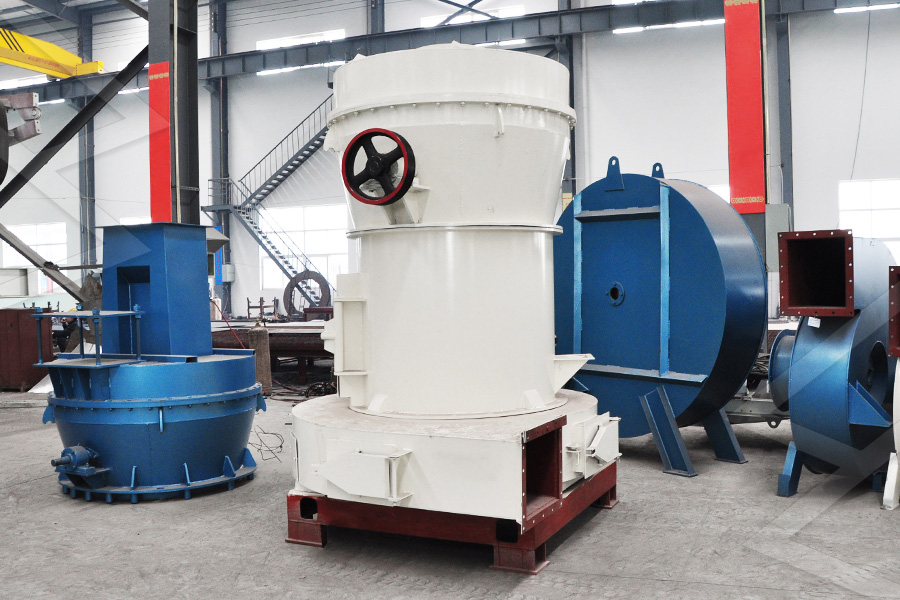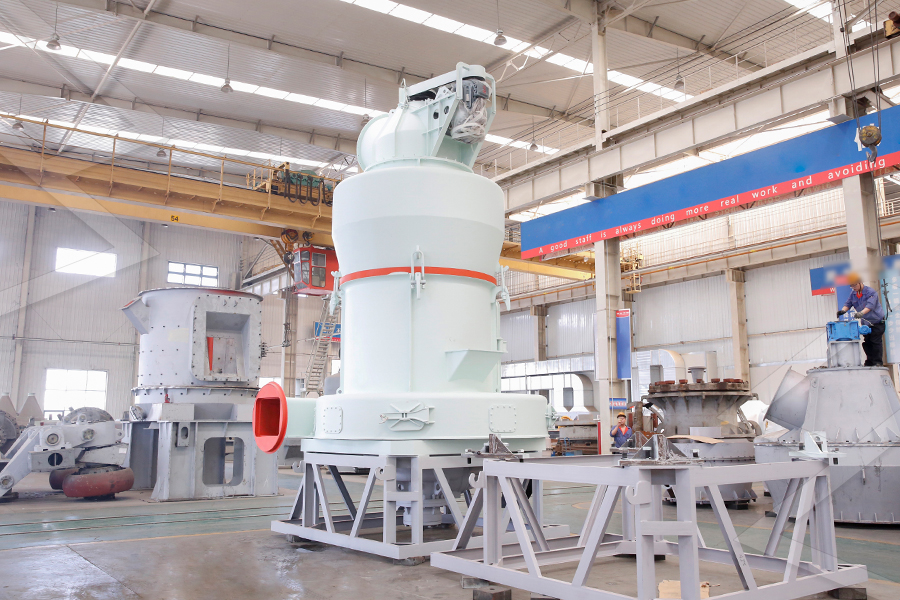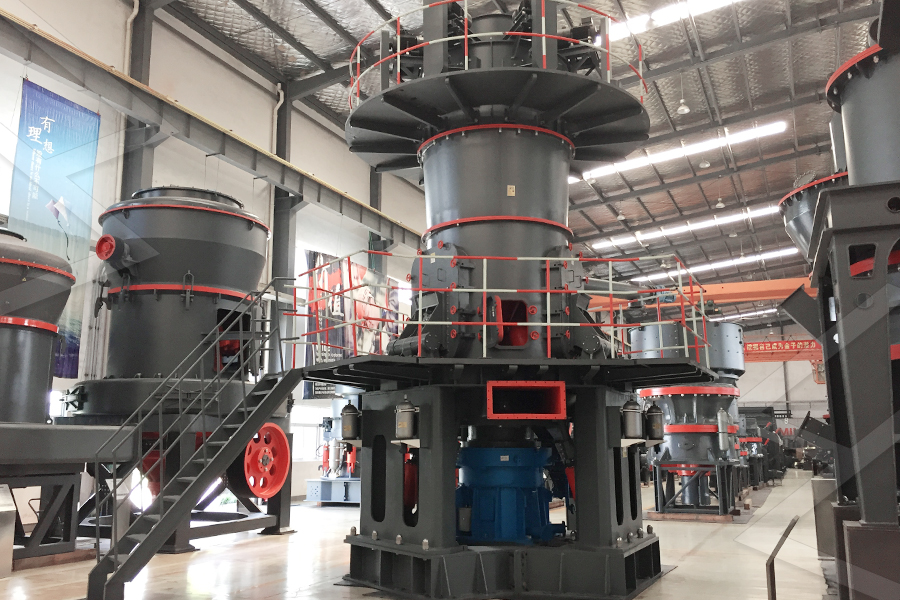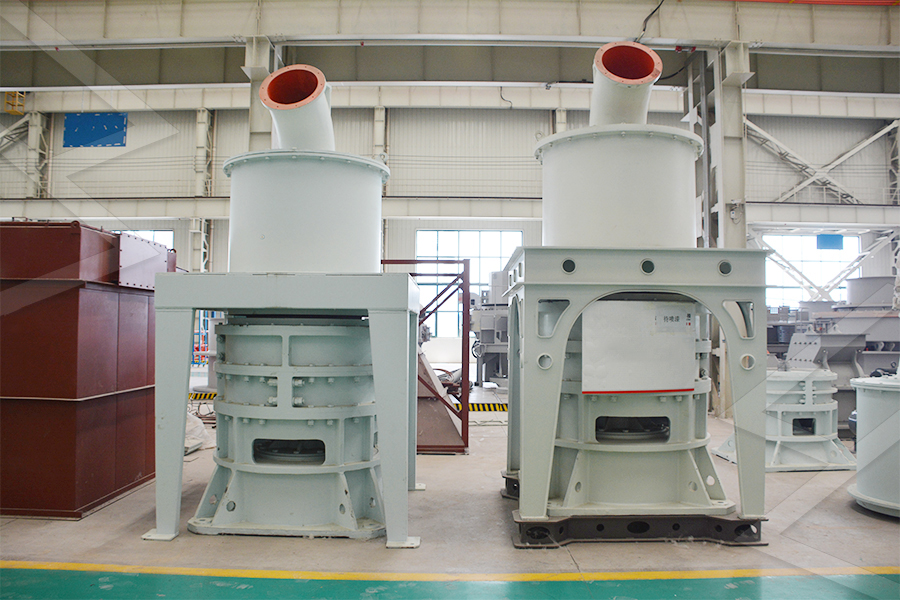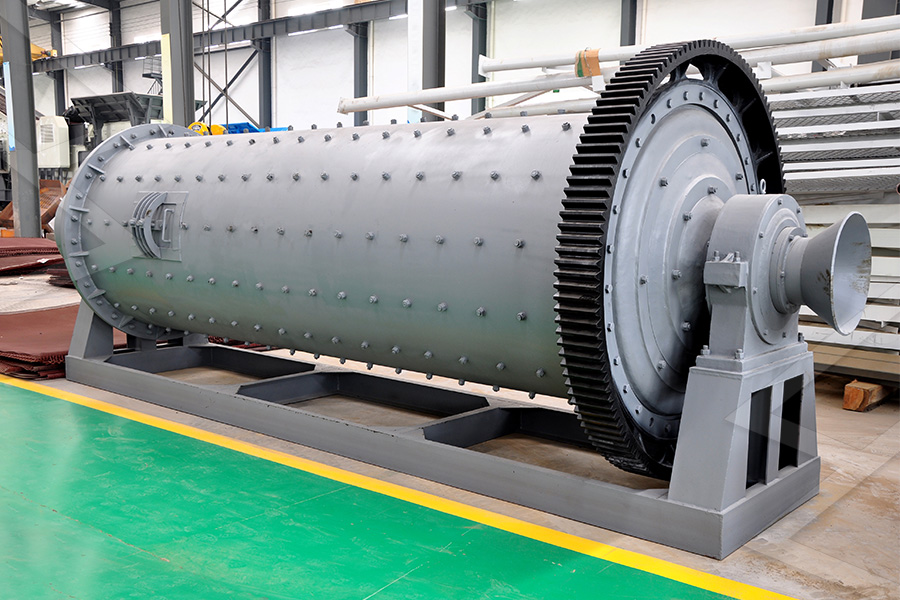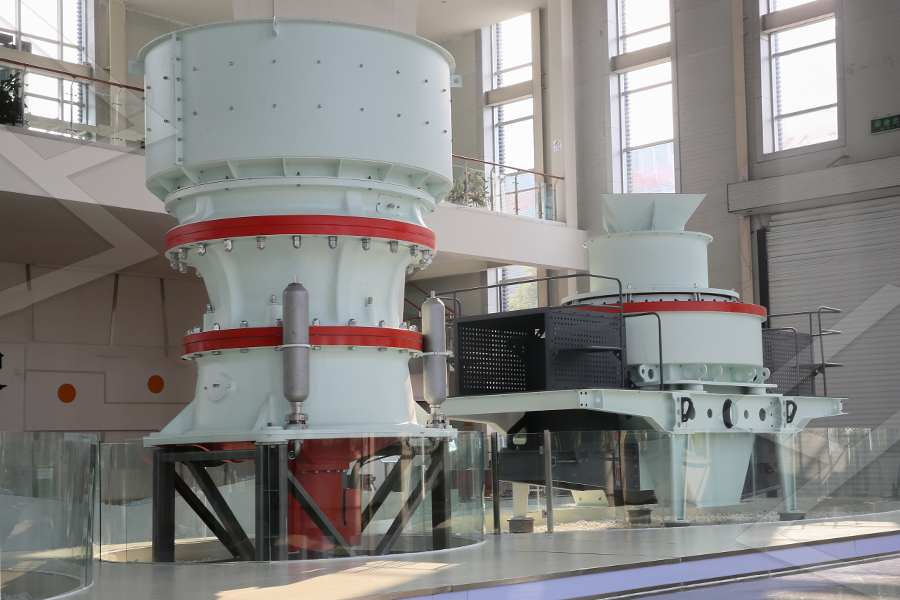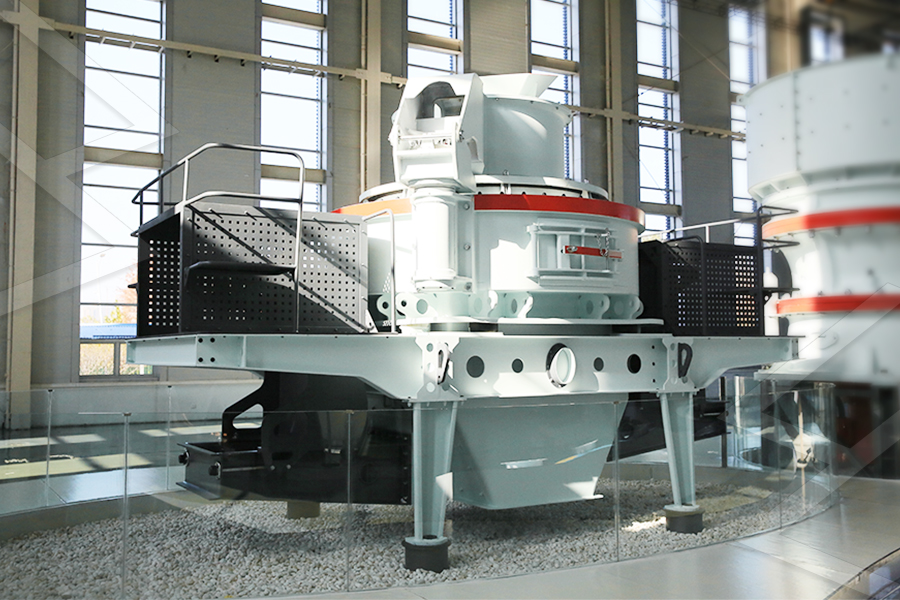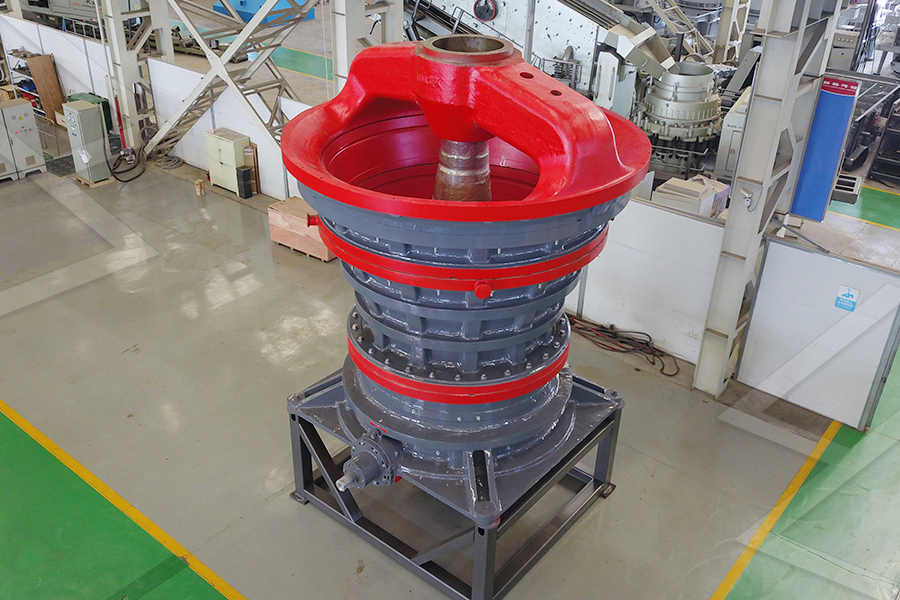The core of the project is a vertical roller mill (VRM) with a diameter of 4.6 meters and a power rating of 1600 kW. VRMs were selected over traditional ball mills for their superior energy efficiency (consuming 30-40% less electricity per ton of product) and ability to handle large feed volumes—perfect for the 25 TPH capacity. The VRM operates by pressing the 10-20mm limestone particles between a rotating grinding table and three hydraulic rollers, grinding them into fine powder. Hot air (heated to 180-200°C by a natural gas burner) is injected into the mill to dry the powder and carry it to the integrated air classifier.
The air classifier, equipped with a high-speed rotating impeller, separates particles based on size: particles finer than 150 mesh (approximately 106 μm) are carried by the air stream to a pulse bag filter for collection, while coarser particles fall back to the grinding table for reprocessing. This closed-loop system ensures that the final product meets the 150-mesh fineness requirement with a uniformity coefficient (d90/d10) of less than 2.5—critical for consistent cement quality. The collected limestone powder is then conveyed to a silo with a storage capacity of 500 tons, where it is temporarily stored before being transported to the cement plant via a closed belt conveyor.
Quality Control Measures
To maintain product consistency, the project implements a strict quality control (QC) protocol. A laser particle size analyzer is used every 2 hours to test the fineness of the output powder, with results recorded in a digital system for traceability. Additionally, X-ray fluorescence (XRF) spectroscopy is conducted daily to monitor the CaCO₃ content, ensuring it remains above 92%—any deviation triggers adjustments to the raw material blend. The pulse bag filter is also inspected weekly to prevent dust leakage, as even small amounts of coarse particles can affect cement performance.
Environmental and Energy Efficiency Features
